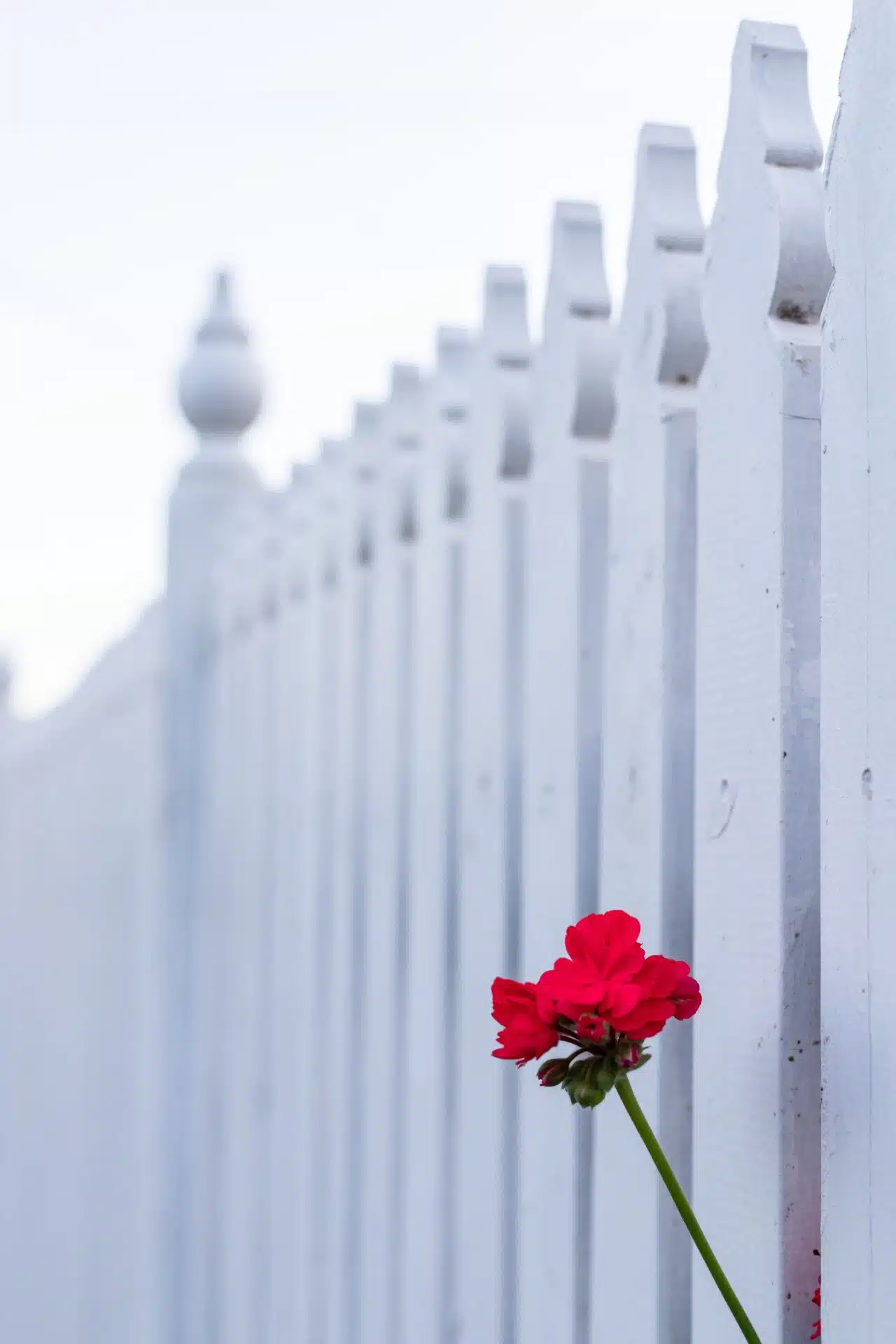Securing Style: The Importance of Fashion Patents in Today’s Market

The world of fashion industry is a diverse market, encompassing everything from haute couture runways to streetwear boutiques. It’s a creative industry and one that is built on the innovations of designers who are constantly pushing the boundaries.
However, there is an enduring challenge that designers face: the risk of design theft. From clothing to accessories and jewellery, there are instances where similar designs are replicated and sold. This dilutes the originality of the creator’s work and can potentially cause reputational damage, especially if smaller designers are having their work copied by major names.
In such a competitive industry, coming up with something truly original requires both creativity and strategic decision-making to protect from copycats. Fashion patents can be used as a tool for safeguarding designs.
Table of Contents
Note: This post may contain affiliate links, which means if you buy from my link I might make a small commission. This does not affect the price you pay. See the full affiliate disclosure here.
What exactly is a patent?
A patent gives an inventor or creator the sole legal authority to their novel creation. They are allowed to produce, use, and sell their designs for a limited period. In the fashion industry, patents protect unique designs, ensuring that the creator has control.
Patents fall under the broader umbrella of intellectual property rights, which also include trademarks and copyrights. While trademarks protect logos and brand names, and copyrights safeguard artistic works, patents specifically protect concepts and designs.
Why protect your creations?
There are several reasons why designers might pursue patent protection. As well as providing a legal framework against copycat products, patents can serve as a valuable asset. They allow designers to license their designs for profit or partnerships with other brands. Additionally, patent protection creates a safety net, allowing designers to pursue innovative new designs without having to worry about replication.
But it’s important to acknowledge the potential drawbacks. The process involved with getting a patent can be time-consuming and expensive. If you’re a designer, you’ll need to do thorough research and get legal assistance.
Also, patents only offer protection for a limited duration. This is typically from 10 to 20 years, after which the design enters the public domain. However, due to the nature of the fashion industry, your designs might be considered retro after a few seasons, so this time limit is not necessarily a hurdle.
What if someone steals your patent?
If someone infringes upon a fashion patent, you’ll need to act fast. Speak to a legal expert in the field of fashion and IP law. They will have the skills to move swiftly.
Infringement is when a third party produces, uses, or sells a patented design without authorisation, potentially leading to financial loss and damage to your reputation if you’re the original designer. To address the infringement, your legal representative will go through civil litigation, where you as the patent holder can pursue damages and injunctions.
In addition to legal action, you can monitor the market for potential infringements and actively enforce your patents to put off any potential copycats.




